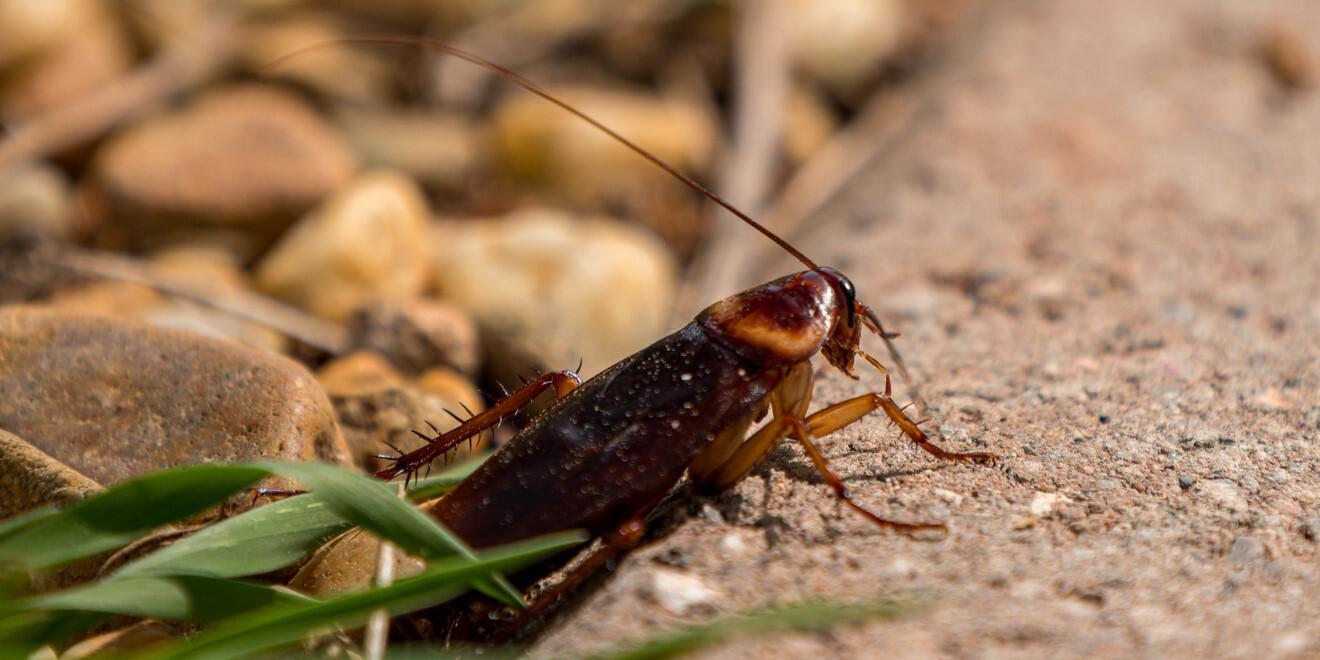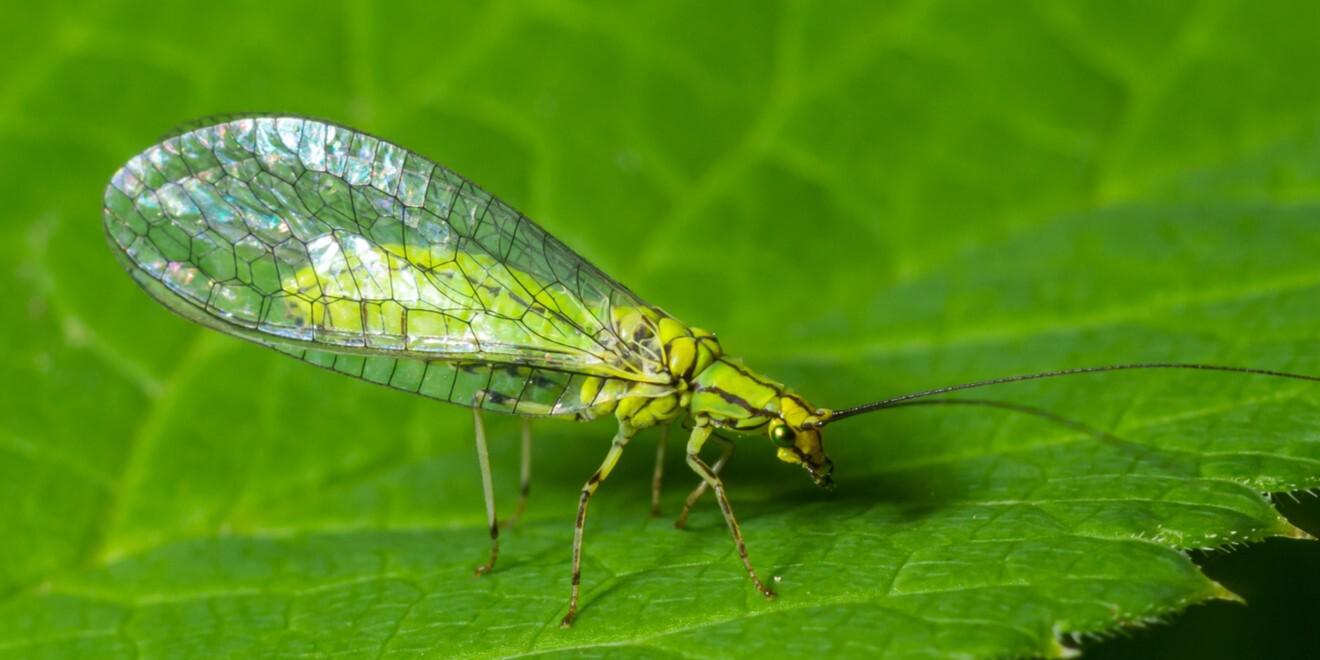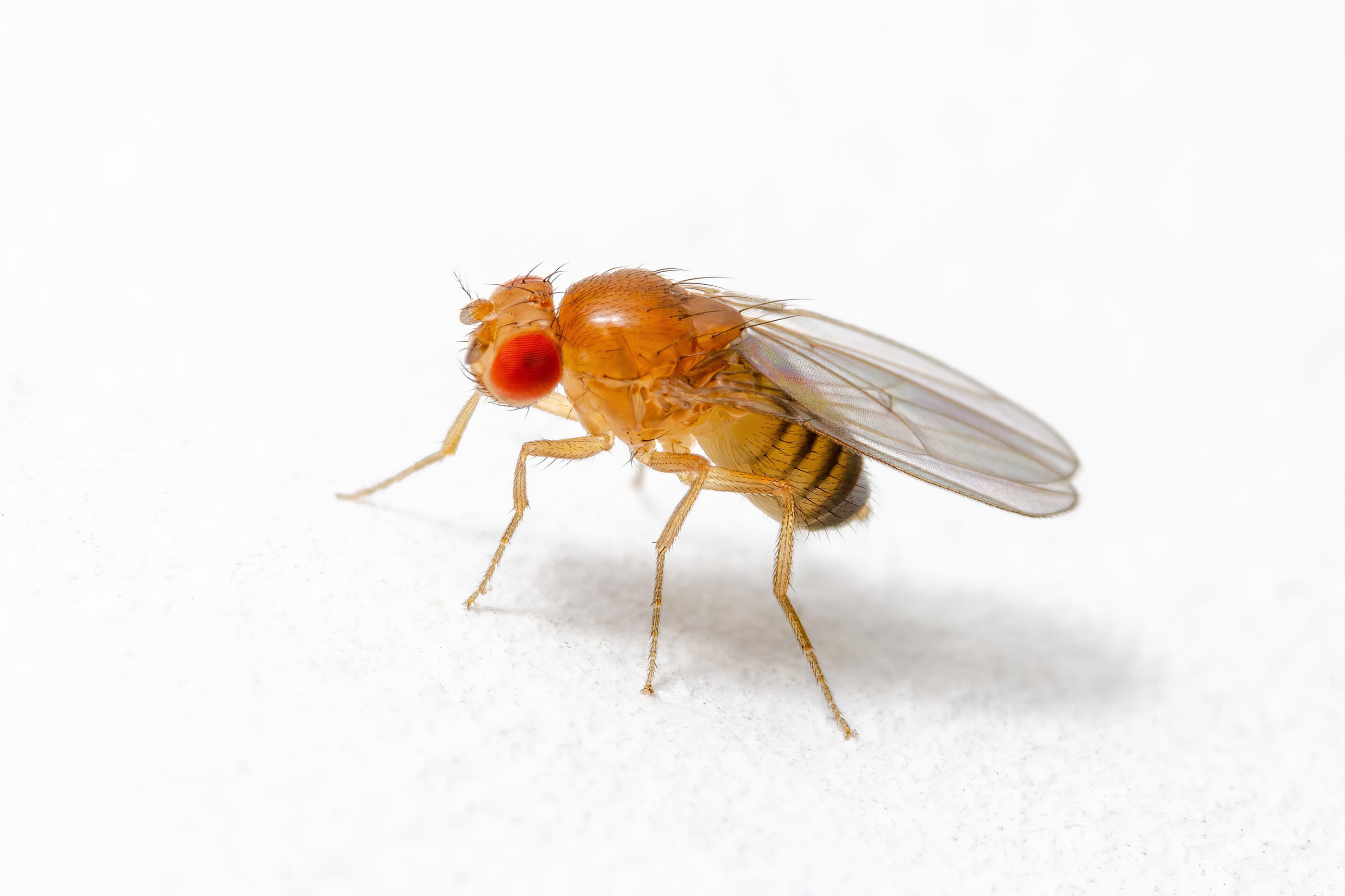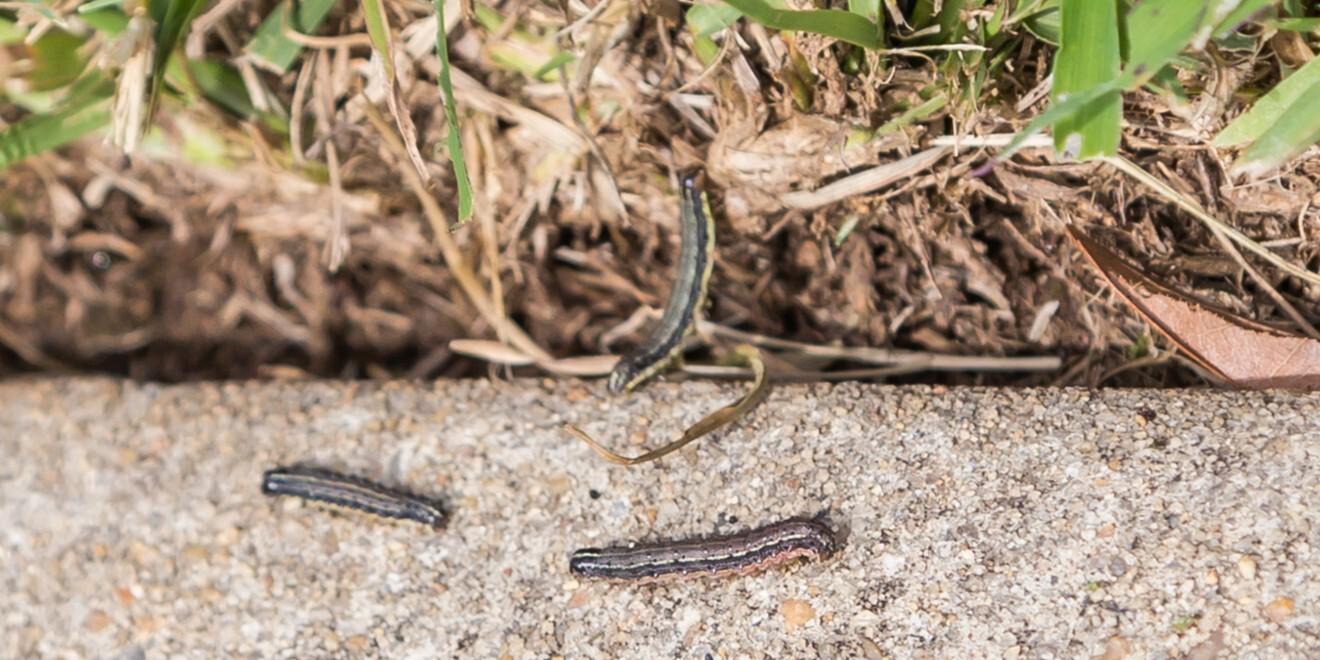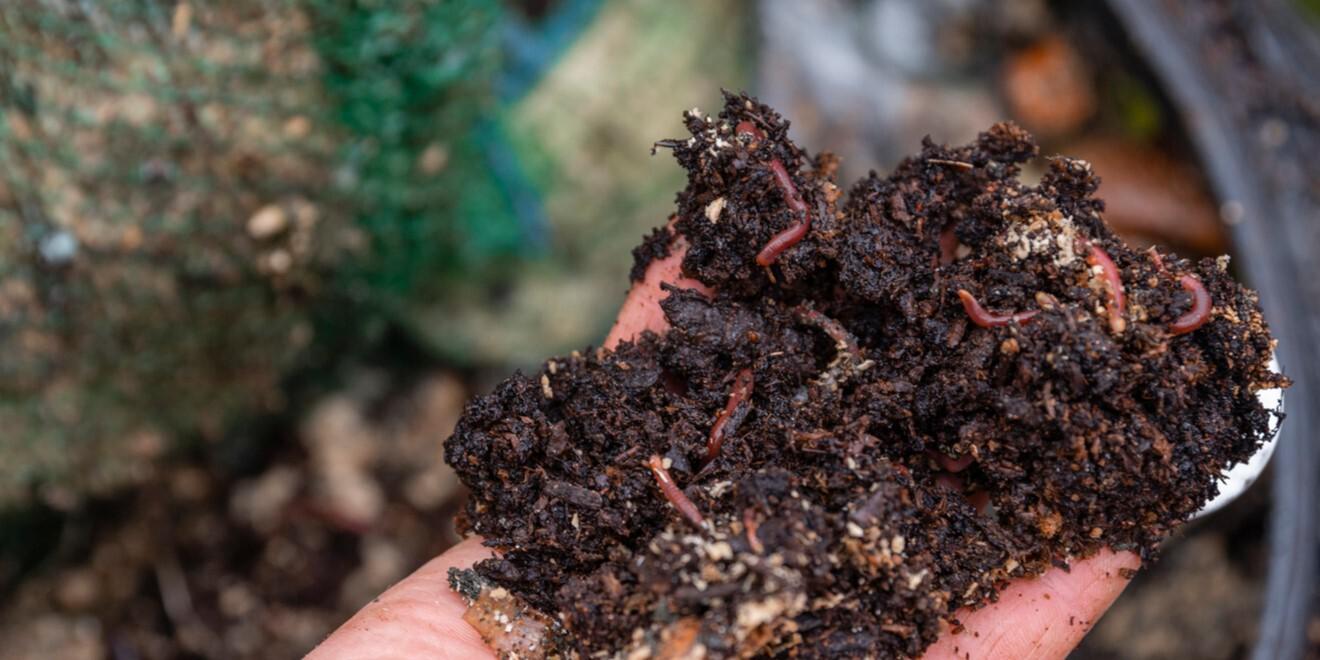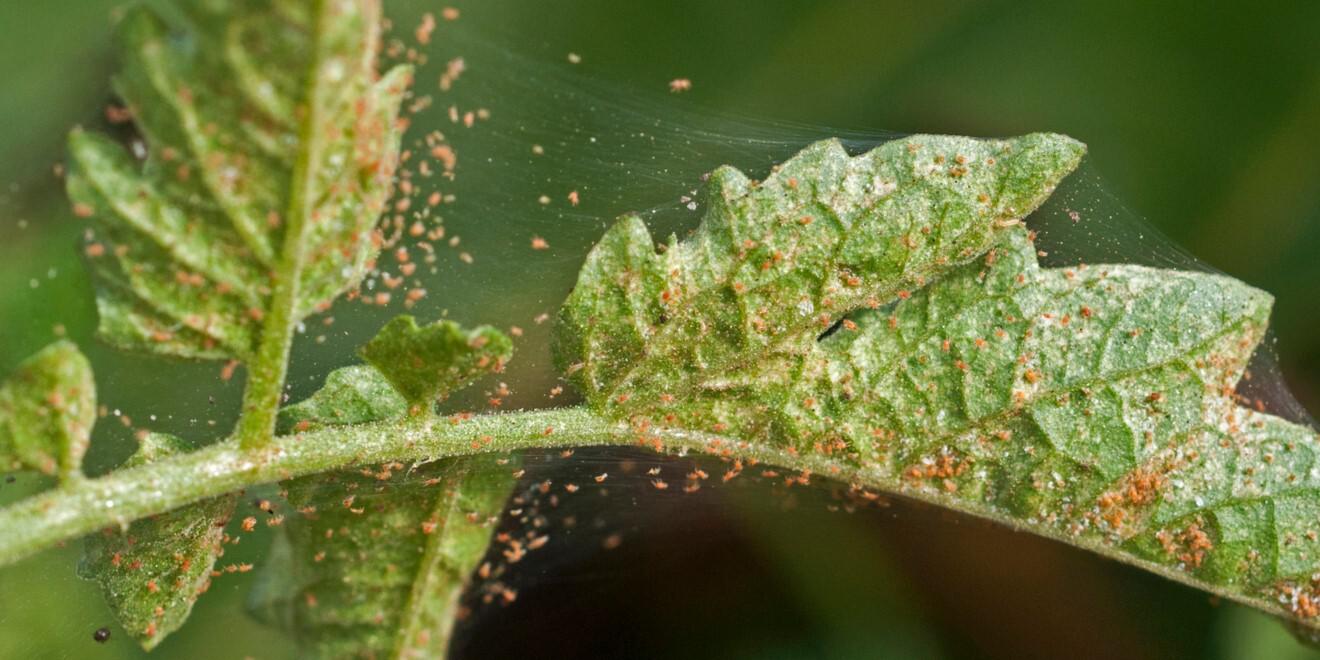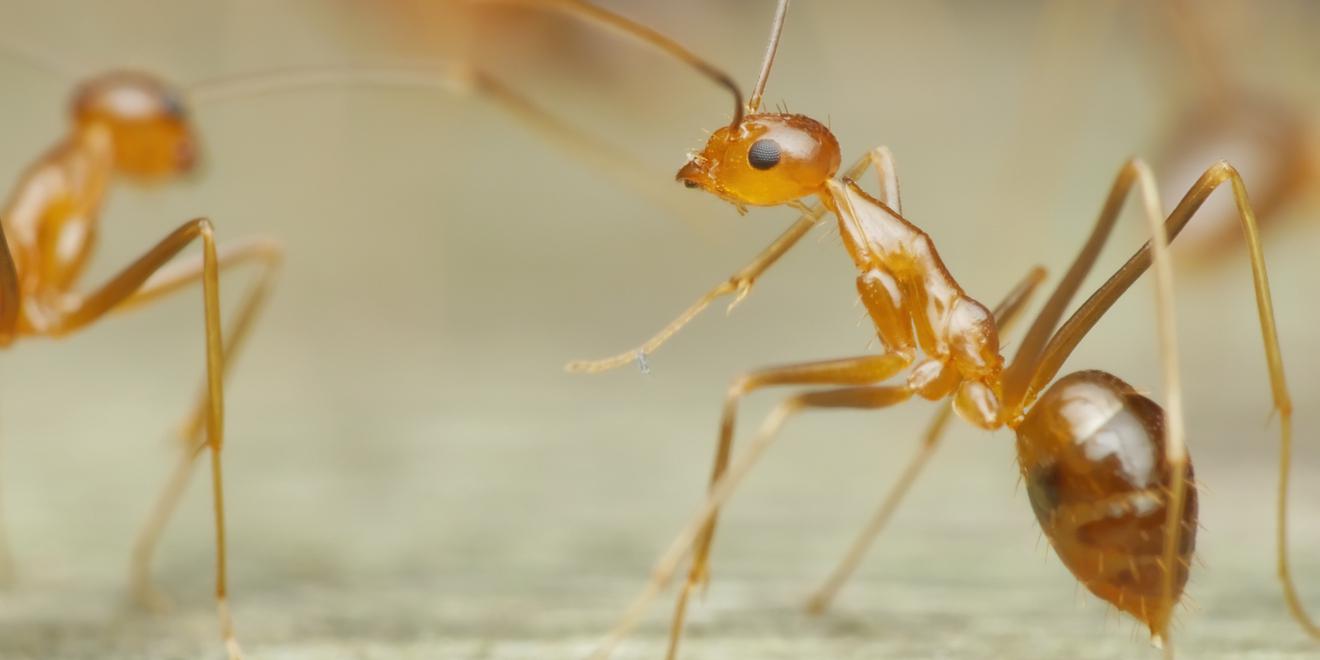Would You Visit a Tick Museum?
Posted by Mosquito Squad
September 25, 2017
Yes, you read that correctly… a Tick Museum. Fall is beginning, and it will be Halloween before you know it. What better time is there to discuss such a thing, right? Deep in the basement of the Math and Physics building of Georgia Southern University, Curator Dr. Lorenza Beati would love for you to take a peek at her collection. However, if you think this is some kind of seasonal attraction meant to frighten, you couldn’t be more wrong. The U.S. National Tick Collection is a part of the Smithsonian Institution and has been around since 1905. It was originally housed in the Rocky Mountain Laboratories in Hamilton Montana and has been at Georgia Southern since 1990.
Why a museum you might wonder? Well if you think of a tick as a simple insect you have lots to learn.
There are 900 recognized species of tick in the world, and the Tick Museum has specimens representing 96% of those. There are over a million different specimens, kept in a solution of 90% ethanol. This solution will keep these specimens preserved for hundreds of years. Ticks are actually not insects at all rather mites, a subclass of arachnid, so they are similar to spiders and scorpions. Ticks are so closely studied by science because they transmit disease. Understanding them is very important for the sake of public health. Collecting and comparing ticks helps scientists better understand their biology and DNA which of course is useful in the process of learning how to prevent disease.
DID YOU KNOW TICKS ARE ARACHNIDS?
Ticks are actually not insects at all rather mites, a subclass of arachnid, so they are similar to spiders and scorpions. Ticks are so closely studied by science because they transmit disease. Understanding them is very important for the sake of public health. Collecting and comparing ticks helps scientists better understand their biology and DNA which of course is useful in the process of learning how to prevent disease.
A SNAKEATARIAN TICK?
Dr. Beati points out that there are other interesting facts that can bring visitors and students to the museum as well. For example, you probably knew that ticks only feed on blood but did you know that while some will feed on most any vertebrate, there are others that will only feed on one specific thing. The rat snake tick will only feed on the rat snake…period. Who knew a tick could be so picky? Another odd and interesting fact: African ticks feed on large animals and often become more decorated and colorful. In Ancient Egypt, the colorful spots on the backs of these types of ticks inspired jewelry.
Ticks have been around for hundreds of millions of years and they have adapted to the coldest and the warmest of climates. There are so many interesting facets of their nature that most people do not know. One species of tick can actually survive for more than 10 years without eating at all. All of these rare and rarely known facts are the things that you can learn about in the Tick Museum. At Mosquito Squad of Franklin & Framingham, we find ticks fascinating. We also commit to sharing the information we learn with you. Have concerns about ticks closer to home? Call us today.





